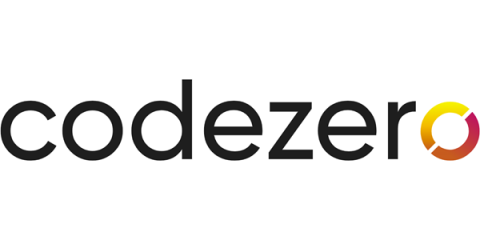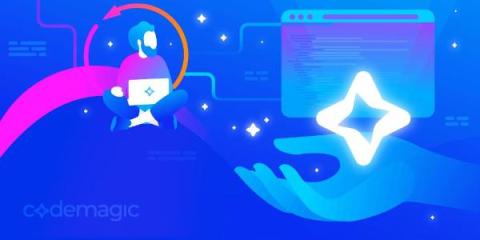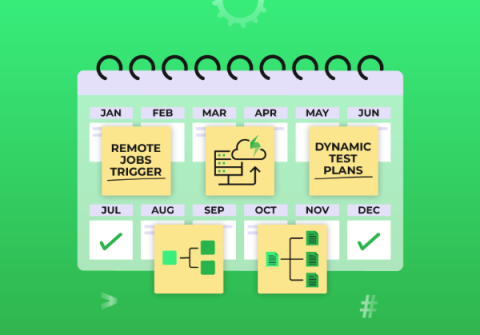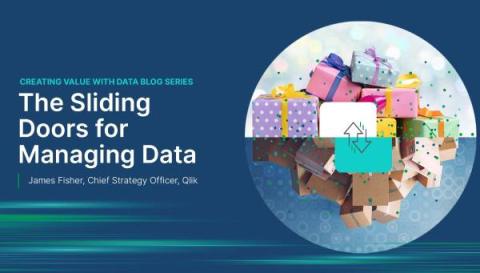Software Testing Optimization: Avoiding the Pitfalls of Over-Testing and Under-Testing
Thorough software testing aims to identify and resolve potential issues before they impact users, ensuring a high-quality user experience. However, optimal testing levels can be hard to achieve for most quality assurance (QA) teams. An optimal testing level requires balancing testing thoroughness, coverage, and speed with resource allocation.











